Last week's High Court ruling blocking Bloomberg News from revealing the identity of a businessman under investigation for corruption reinforces the judicial message that people suspected but not charged with an offence have a reasonable expectation of privacy. But it may have another impact: to make journalists think more carefully about how they protect sources of leaks.
Since the 1980s, at least, a convention has grown that news organisations dealing with leaked material do not reveal that they hold copies of sensitive documents. It followed the Sarah Tisdall case, in which the Guardian newspaper was ordered to hand over a document which led to the jailing of a junior civil servant. Ever since that embarrassing fiasco journalists have tended to obfuscate over whether they are in possession of material likely to cause trouble. We prefer to say we have had sight, or 'been shown' the incriminating words.
Sometimes it is true. Off the top of my head I can remember two incidents of being shown sensitive papers but not allowed to take them away. One was when my companion at an old-school City lunch flashed a document revealing a market-sensitive decision by a big government contractor. The other was during a Whitehall briefing when a junior minister sent his civil servants out of the room and suggested I might like to read details of a policy announcement that would accompany the following day's budget. (A budget leak is the gold standard of journalistic scoop, which is presumably why my interlocutor - now a prominent national figure - tried to boost coverage with the tactic. Alas it was on such an arcane technical detail that it was almost lost amid the following day's news about the chancellor's plate-spinning act.)
So, 'the Bugle has seen...' is not invariably a lie. However I suspect that in these days when reporters spend less time in pubs and more time hunched over computers, the experience of being shown a document is less common than of yore. So in the Bloomberg case mentioned above, few journalists will have been surprised that, although the news service published that it had 'been shown' a highly sensitive document revealing investigations against 'ZXC', it in fact held a copy.
However the judge was not impressed when it emerged that Bloomberg had tried the same line in evidence to an interim injunction hearing. The effect of the dissembling was to deny the court access to the full wording of the document at issue and thus to a full picture of its sensitivity. Coupled with an inaccurate statement about official reaction to the article, that resulted in the court being misled, the Honourable Mr Justice Nicklin ruled. Accusing the journalist of 'a serious misjudgment', Nicklin J said, 'the court must be given a candid and clear account. The court regularly deals with issues of source protection and will ensure that journalistic sources are protected appropriately. It is not for a journalist to deploy misleading evidence as a form of "self-help", however noble the intention behind it.'
No doubt Bloomberg's solicitors, CMS Cameron McKenna Nabarro Olswang, who received a judicial roasting for showing a 'lack of rigour' in notifying the court of inaccuracies in evidence, advised their client much the same thing.
Where does this leave journalistic best practice for protecting informants? Despite Nicklin J's assurance that sources will be protected 'appropriately', few reporters will want to place too much reliance on the courts. Perhaps we'll go back to the days of meeting sources face to face, with paper documents handed over in the traditional brown paper envelope and either destroyed or squirreled out of the jurisdiction when the story goes to press. That would certainly be my advice to anyone wishing to alert the media to an issue without risking being fingered as the source.
Oh, and to change the subject entirely, I'm often in the Seven Stars, Carey Street, of an early evening.


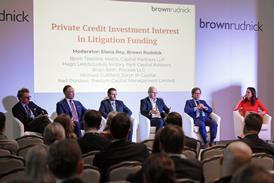
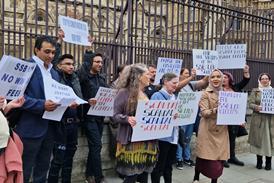








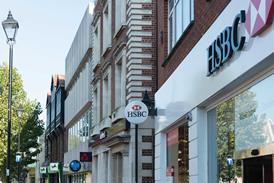




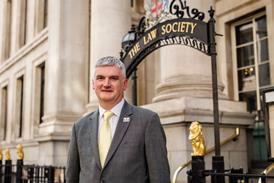
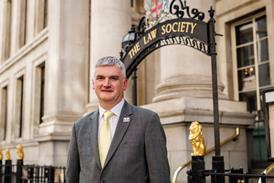
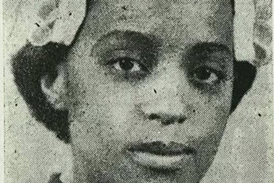










No comments yet